Covid-19
Stimulus Check: Everything Behind the Push for a Fourth Stimulus

The IRS has given in excess of 169 million payments in the third round of direct stimulus check help, with more than 2 million people in July getting the $1,400 checks. Well, In any case, a few legislators are pushing for the fourth stimulus checks help that would adequately send repeating payments until the pandemic finishes.
Up until this point, the government reaction to the monetary emergency brought about by the Covid pandemic has paid out $3,200 to qualified grown-ups: $1,200 under the Coronavirus Aid Relief and Economic Security Act in March 2020; $600 in a December alleviation measure; and $1,400 under the American Rescue Plan endorsed in March by President Joe Biden.
People Also Read Goodbye XXX: “Mia Khalifa” is Really Living her Best Life, Instagram Photos
Notwithstanding that monetary help, a great many Americans stay in monetary trouble, and the spread of the Delta variation is making new financial headwinds. Right around one-fourth of Americans battled to pay their family expenses in the earlier week, as indicated by new Census overview information that surveyed people during the most recent fourteen days of August.
The joblessness rate remains at 5.2%, still higher than its pre-pandemic degree of 3.5%. And keeping in mind that organizations are employing, there are as yet around 5.3 million fewer people are on payrolls today than before the pandemic. Financial experts are flagging caution over the spread of the Delta variation, with Oxford Economics as of late cutting its estimate for 2021’s worldwide monetary development to 5.9% from 6.4%.
“Vulnerability and aversion may eventually prompt a more gradually moving recuperation from here than our standard expects,” composed Ben May, head of worldwide large scale research at Oxford Economics, in the report.
Simultaneously, 9.1 million people lost upgraded joblessness benefits on Labor Day, when the government benefits terminated. That will clear out about $5 billion in week by week helps that had been streaming to jobless labourers — help that had upheld those specialists in paying for food, lease and different basics.
For some people, so, the most recent round of $1,400 checks is a distant memory even as another pandemic stimulus is reaching a conclusion — an issue that is on the personalities of numerous Americans who keep on battling with joblessness and a feeble work market. For sure, more than 2.8 million people have marked a Change.org request begun to keep going year that approaches officials to pass enactment for repeating $2,000 regularly scheduled payments.
People Also Read: IRS Tax Fourth Stimulus Checks Update: Every American Need to Know
A few administrators have gotten the thought. 21 congresspersons — all Democrats — marked a March 30 letter to Mr Biden on the side of repeating stimulus payments, bringing up that the $1,400 instalment is appropriated by the IRS will not hold people over for long in this stimulus.
“Right around 6 of every 10 people say the $1,400 payments set to be remembered for the salvage bundle will last them under 90 days,” the legislators wrote in the letter.
In the meantime, a few states are making their own type of stimulus checks. Around 66% of California occupants are probably going to meet all requirements for a “Brilliant State Stimulus” check by means of another work from Governor Gavin Newsom. That work will give $600 to low-and centre pay occupants who have recorded their 2020 government forms. Florida and portions of Texas have approved rewards for instructors to assist with balancing the effect of the pandemic.
The letter from the U.S. legislators doesn’t indicate how enormous are the payments they are looking for, however, a different exertion from Democratic administrators in January pushed for $2,000 month to month checks until the pandemic closures. All things being equal, the American Rescue Plan approved $1,400 for each qualified grown-up and subordinate.
Child Tax Credit: July 15 deposits
A few families got one more type of stimulus help on July 15 when the IRS kept the initial of six month to month cash payments into ledgers of guardians who fit the bill for the Child Tax Credit (CTC). Families on normal got $423 in their first CTC instalment, as per an examination of Census information from the left-inclining backing bunch Economic Security Project.
Qualified families will get up to $1,800 in real money through December, with the cash distributed equivalent portions over the half-year from July through December. The guide is because of the extended CTC, which is important for President Joe Biden’s American Rescue Plan.
Families who qualify will get $300 each month for every child under 6 and $250 for children between 6 to 17 years of age. A few families that addressed CBS MoneyWatch said the additional cash would go toward child care, back-to-school supplies and different basics.
Families might appreciate even more a tax break in the coming years in case Mr Biden’s American Families Plan pushes ahead. Under that arrangement, the Child Tax Credit’s extension would endure through 2025, providing families with four extra long stretches of greater tax breaks for children.
Emergency funds, saving
Up until now, people who have gotten the three rounds of stimulus payments said they’re utilizing the vast majority of the assets to settle obligation or sock away the cash in investment funds, as indicated by a new investigation from the Federal Reserve Bank of New York. That could demonstrate that people are utilizing the cash to trim down obligations they caused during the pandemic just as to develop a rainy day account if there should arise an occurrence of another shock.
Just about 7 of every 10 Americans who have gotten, or accepted they would before long get, a third instalment said it’s significant for their close term funds, Bankrate.com said in April. That is down from around 8 of every 10 people in March 2020, when the pandemic caused far-reaching joblessness, however generally the portion of people who need extra help stays raised over a year after the fact, as indicated by the individual accounting firm.
Around 1 out of 3 people said the stimulus help would assist with supporting them for short of what one month, the study found.
A huge number of Americans were saved difficulty because of the three rounds of stimulus payments, specialists have found. Yet, when the stimulus has vacillated, for example, the previous fall when Congress was gridlocked on one more round of help, difficulty expanded “extraordinarily” in November and December, as indicated by a May investigation of Census information from the University of Michigan.
Still living paycheck to paycheck
Some top financial analysts have called for a more straightforward guide to Americans. In excess of 150 financial specialists, including previous Obama organization market analyst Jason Furman, marked a letter last year that contended for “repeating direct stimulus payments, going on until the economy recuperates.”
Albeit the economy is improving, a huge number of people keep on experiencing diminished pay and have not had the option to tap government help programs, Nasif said. Just 4 out of 10 jobless labourers really got joblessness help, as indicated by a March study from business analyst Eliza Forsythe.
Many people never applied for joblessness benefits since they didn’t think they were qualified, while others might have surrendered because of huge delays and different issues.
“You’ll see reports regarding how the economy is beginning to develop, yet there are a ton of Americans living paycheck to paycheck, and for a ton of them the public authority alleviation programs haven’t had the option to help,” said Greg Nasif, political head of Humanity Forward.
How likely is a fourth stimulus check?
Try not to pause your breathing, as indicated by Wall Street experts. “I believe it’s impossible right now,” Raymond James expert Ed Mills told CNBC. One explanation is that the Biden organization is centred around propelling its foundation plan, which would reshape the economy by remaking maturing schools, streets and air terminals, just as putting resources into projects going from reasonable lodging to broadband.
The proposition, which the White House says would be supported by helping the corporate tax rate from 21% to 28%, will probably devour officials this fall, said Stifel’s Brian Gardner in an August 11 exploration note.
“The fall is turning out to be an active time in Washington as Congress attempts to complete two foundation charges (one which incorporates tax climbs), endorse the yearly spending bills, and raise the obligation roof,” he noted.
Delta headwinds?
Simultaneously, the financial bounce back is confronting headwinds as the Delta variation spreads through the country. A few states with low inoculation rates are encountering a spike in COVID-19 cases that could discourage people from taking help occupations in eateries and different positions that include openness to general society.
Texas’ inability to stem the COVID-19 flood in its state has prompted almost 72,000 employment misfortunes and an annualized decrease in the yield of more than $13 billion, a new report found. Dread of contracting COVID-19 is additionally prompting employment misfortunes in Texas as labourers select to remain at home or should remain at home to really focus on relatives with the sickness, the review noted.
In the interim, government pandemic joblessness benefits lapsed on September 6, denoting the finish of imaginative projects that had stretched out jobless guide to gig labourers, low maintenance labourers and others that normally don’t meet all requirements for joblessness benefits. That could expand difficulty for some families, specialists say.
“This bluff compromises the monetary recuperation progress we have made by depleting the economy of purchaser spending and will put a large number of labourers in danger of enduring difficulty,” said Century Foundation senior individual Andrew Stettner is an assertion.
Source: cbsnews

Covid-19
WHO Reveals FLiRT Variants as Predominant SARS-CoV-2 Strains in 2024
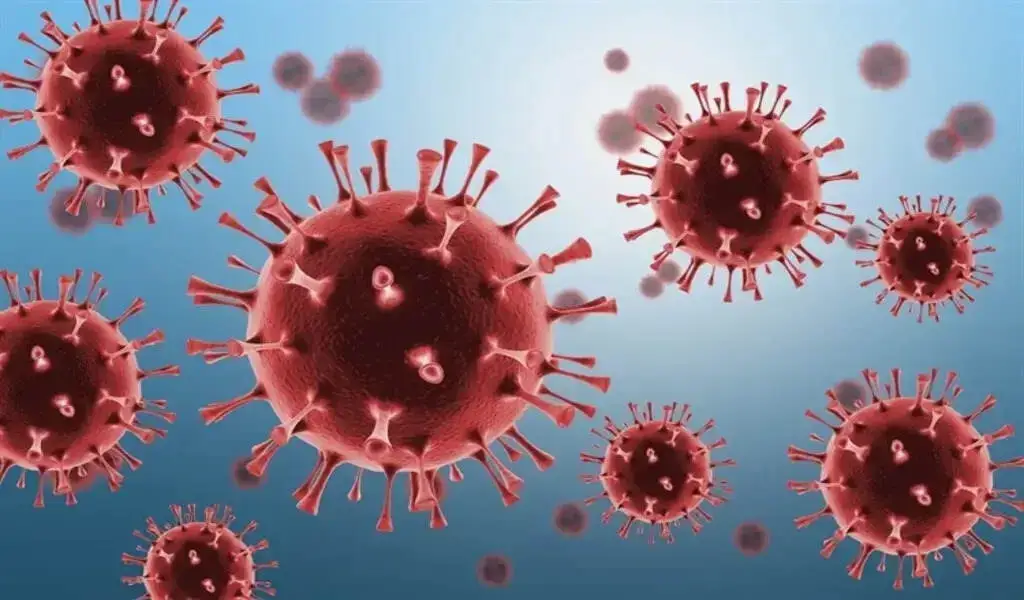
(CTN News) – The World Health Organization (WHO) has reported that the “FLiRT” versions of the fatal SARS-CoV-2 virus, which causes COVID-19 illnesses, are the most common virus strains this year worldwide.
According to Gulf News, the moniker “FLiRT” refers to the shared mutations on the virus’s spike protein among the variations.
According to the US Centers for Disease Control and Prevention, KP.2, one of the FLiRT variants, has become the most regularly circulating variant in the United States in the last month.
Johns Hopkins University says that the FLiRT variations, which include KP.2’s “parental” lineage JN.1, have three important changes on their spike protein that may help them avoid being caught by antibodies.
Are the FLiRT variations more contagious?
Dr. Aaron Glatt, a representative for the Infectious Diseases Society of America, stated that based on the data he collects and experiences with his own patients, he has seen no evidence of an increase in disease or hospitalizations.
“There have been some significant changes in the variants, but I think in recent times it’s not been as important, probably because of the immunity many, many people already have” due to vaccinations and previous illnesses.
According to CDC data, COVID-19-related hospitalizations have been declining in recent weeks.
Furthermore, the number of patients in emergency rooms who tested positive for COVID-19 has been rather stable over the last month.
Continue to evolve before winter, when infections and hospitalizations often peak, and whether the FLiRT strains will be included in a fall COVID-19 vaccine.
Dr. Roberts answers three questions about the FLiRT variations.
1. Where did the FLiRT strains originate?
Nobody knows where the FLiRT variations first appeared. The CDC initially discovered them in wastewater in the United States, where it screens sewage for signs of SARS-CoV-2 circulating in a community, even if patients do not have symptoms. (The data can be utilized to provide an early warning if infection levels in a community are increasing or decreasing.). FLiRT strains have since been discovered in several other nations, including Canada and the United Kingdom.
To better appreciate how the FLiRT strains developed, consider how the SARS-CoV-2 virus has evolved, with new varieties developing when mutations occur in its genetic coding. Omicron was a SARS-CoV-2 variant that became prevalent in the United States in 2021 and began to produce its subvariants. One of these was JN.1, which was discovered in September 2023 and spread across the country during the winter months, increasing COVID-19 hospitalizations. JN.1 has offspring, including the FLiRT subvariants, which are spinoffs of JN.1.11.1.
2. What do we know—and don’t know—about the FLiRT variants?
We know that the FLiRT variations had two changes in their spike proteins (the spike-shaped protrusions on the virus’s surface) that were not present in JN.1 (the previously prevalent strain in the United States). Some specialists believe that these alterations may allow the virus to avoid people’s protection, whether from the vaccination or a previous bout with COVID.
However, Dr. Roberts believes that the FLiRT variations’ genetic similarity to JN.1 should be reassuring. “While JN.1 occurred during the winter months, when people gather indoors and the virus is more likely to spread, its symptoms were milder than those caused by variants in the early years of the pandemic,” according to him.
There is no word yet on whether a COVID sickness will be more severe with the FLiRT variations or how symptoms may vary. Because everyone is different, a person’s symptoms and severity of COVID disease are largely determined by their immunity and overall health rather than the variant with which they are infected, according to the CDC.
3. How can people defend themselves from FLiRT strains?
Dr. Roberts emphasizes the importance of vaccination as a critical tactic against COVID-19. He recommends that all eligible individuals stay up to date on their immunizations. While immunization does not guarantee immunity, it does dramatically reduce a person’s risk of severe disease, hospitalization, and death from COVID-19.
“We know that the updated monovalent vaccine, which was designed for the XBB.1.5 variant, worked against JN.1, and I strongly suspect it will have some degree of activity against the FLiRT mutations as well,” adds Dr. Roberts.
“I would especially recommend anyone who qualifies for the vaccine because of advanced age get it if they haven’t already,” says Dr. Roberts. “The reason is that the biggest risk factor for a bad outcome from COVID is advanced age.” In the fall of 2023, eligible individuals over 65 can receive the first shot of the revised vaccine and then another shot four months later.
He also believes COVID testing will be able to detect FLiRT strains, and antiviral medications will continue to be effective against them. Paxlovid, the primary treatment for most COVID patients, targets a “nonspiked part of the virus,” he explains. “It’s relatively variant-proof, so it should act against many future COVID iterations.”
Additional preventive measures can assist. To prevent COVID-19, avoiding direct contact with sick people, wearing a mask, washing your hands thoroughly, enhancing ventilation, and monitoring transmission levels in your area is important. Additional options are available on the CDC website.
Covid-19
New Omicron Subvariants, KP.2 and KP.3, Dominate in Canada: What You Need to Know
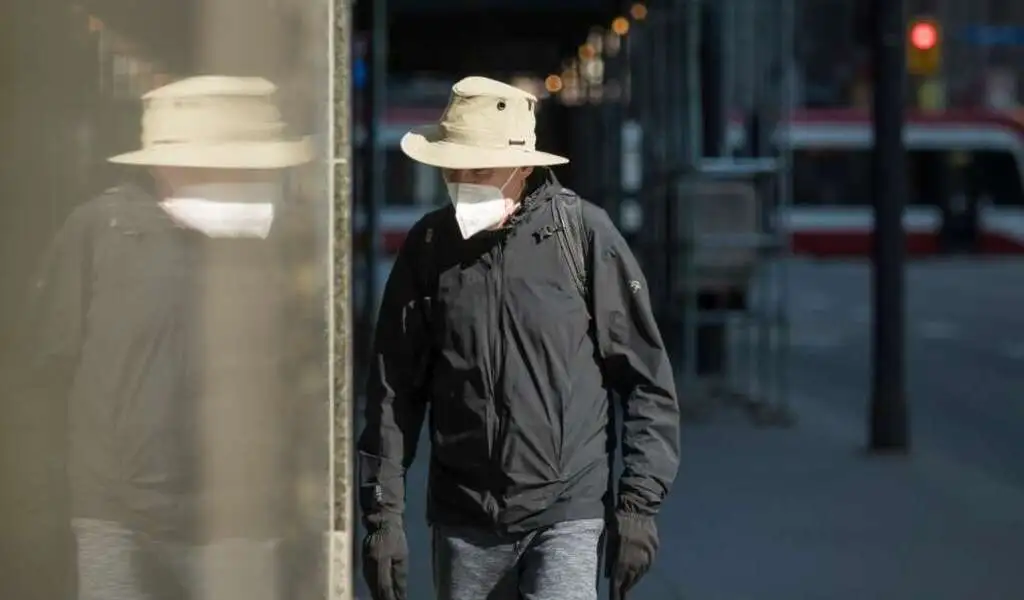
(CTN News) – More than four years after COVID-19 effectively shut down the world, two new versions of the unique coronavirus have emerged as the dominant strain in Canada.
These new subvariants, KP.2 and KP.3, are classified as Omicron mutations originating from the COVID-19 virus. As of May 19, 49.2% of COVID-19 cases in Canada involved one of these strains, indicating their rapid expansion.
But how much do these subvariants affect the human body? Dr. Isaac Bogoch, an infectious diseases specialist at Toronto General Hospital, believes that while it is too early to say, the most likely outcome is no.
“It’s going to cause predictable symptoms, just like the other sublineages of Omicron,” Bogoch told CTVNews.ca. “Some people will have more serious infection, some will have a milder infection, and some will have no symptoms at all.”
Bogoch, an associate professor at the University of Toronto’s Faculty of Medicine, says the virus’s impact will vary depending on each individual, with factors such as age, health, and underlying medical disorders all playing a role.
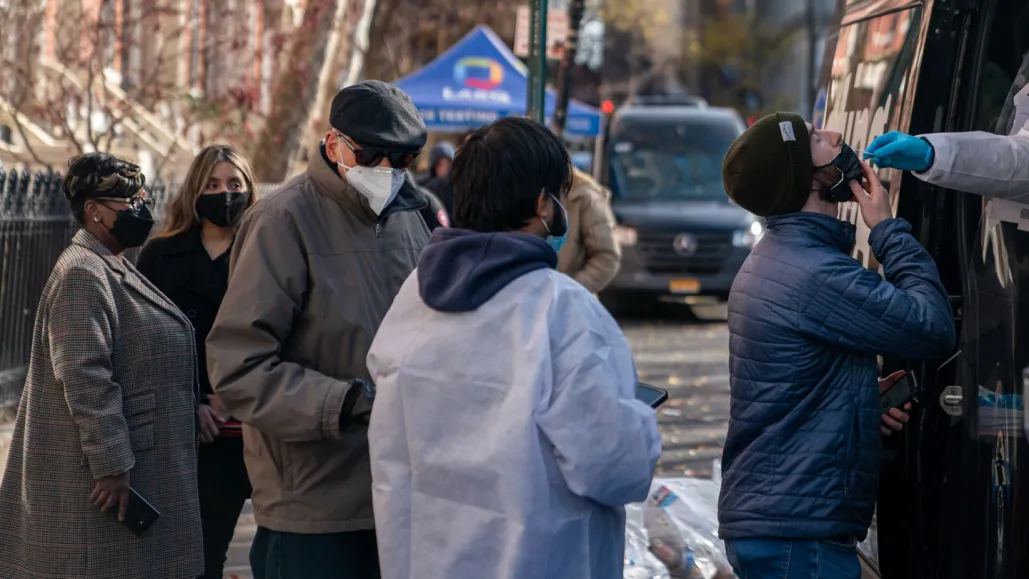
Public Health Outlook in Canada
He also claims that the current set of vaccines continues “to do a remarkable job in reducing the risk of serious infection.” Thus, even though the most recent boosters do not account for these new varieties, they still protect the most vulnerable individuals.
However, in the first few months of the subvariant’s existence, there has been no indication that Canadians or public health experts should be concerned.
“The first Omicron wave was terrible, back in late 2021 and early 2022,” he stated. “However, subsequent Omicron waves have had fewer and fewer effects on our healthcare system and society.”
“Of course, this is not to diminish the importance of COVID. “It’s terrible, and certain populations are particularly vulnerable,” he added. “(Both federal and provincial) Public health can do a lot of good by having clear, open, transparent conversations with the general public, just discussing what the current state of COVID-19 is.”
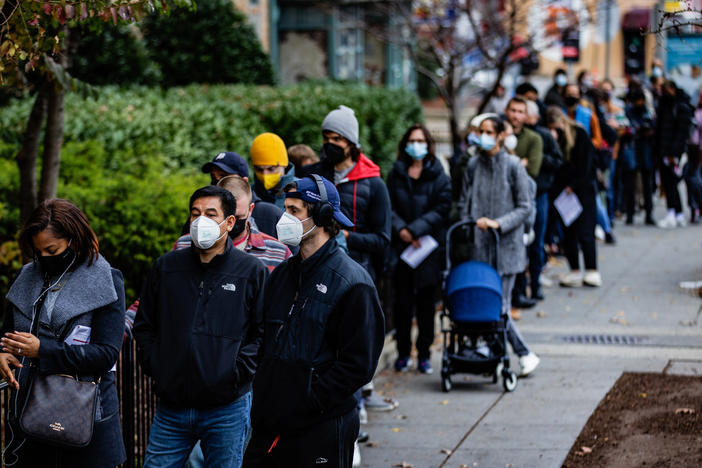
WASHINGTON, DC – DECEMBER 03: People line up outside of a free COVID-19 vaccination site that opened today in the Hubbard Place apartment building on December 3, 2021 in Washington, DC. The DC Department of Health is stepping up vaccination and booster shots as more cases of the Omicron variant are being discovered in the United States. (Photo by Samuel Corum/Getty Images)
Cases have been quite low in the spring and summer, as in the previous few COVID-19 and flu seasons before 2020, before increasing in the autumn and winter.
Bogoch expects the National Advisory Committee on Immunization, Canada’s primary authority on vaccine use, to issue guidelines in the autumn. New COVID-19 injections will be available around the same time as influenza vaccines.
While Canadians have begun to adjust to life after years of pandemic restrictions, cautious optimism is present in the post-COVID world.
Covid-19
Researchers Found Two Extremely Rare Side Effects of the COVID-19 Vaccine
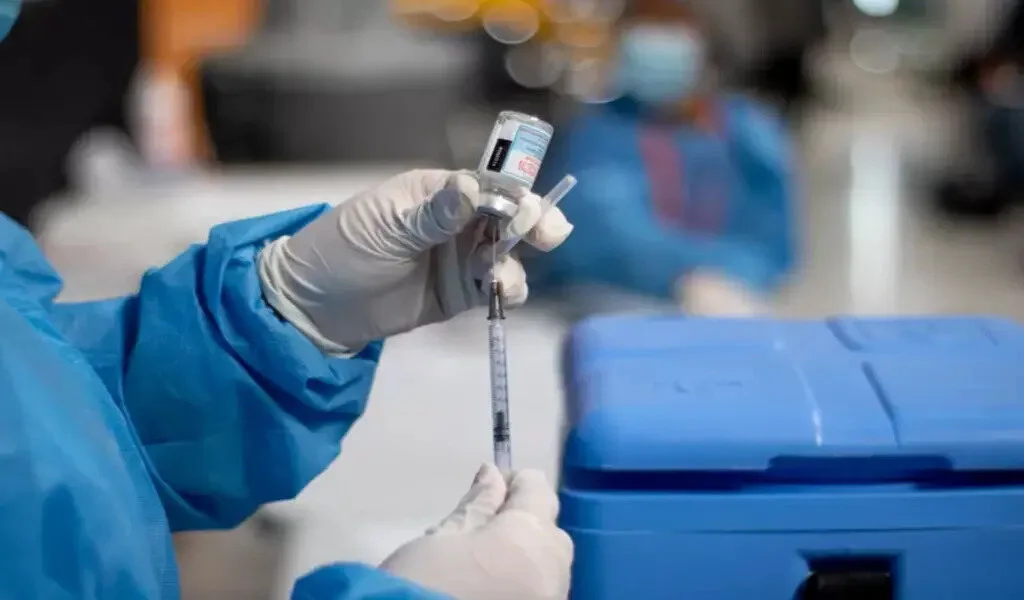
(CTN News) – As millions of people receive their doses of the Covid-19 vaccine, the world is in a race against time to combat the disease. Vaccines have emerged as an integral part of the fight against this pandemic, so ensuring the safety of these vaccines has become increasingly important. As a result of recent studies, it is now known that there are two rare side effects associated with the COVID-19 vaccines, which adds another layer of complexity to the vaccination campaign.
Side effects of the Covid-19 vaccine
Vaccination safety is a broad topic that must be understood before we look at these rare side effects in detail. Common side effects, such as sore arms, fatigue, and mild fever, are well-documented and usually short-lived. Despite the sheer scale of the vaccination campaigns for COVID-19, continuous monitoring is required to identify any unexpected adverse events that may occur.
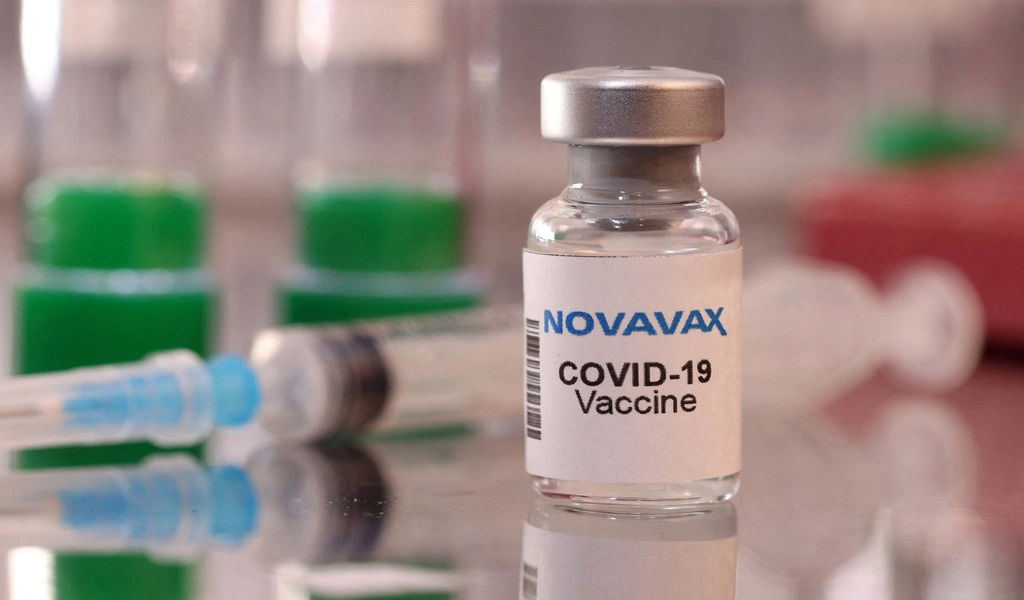
The Study
The purpose of this study was to analyze data from vaccinated individuals and identify any patterns that might be unusual. The study’s methodology and the diverse pool of participants provided an opportunity to understand potential risks related to vaccines.
Rare Side Effect #1: Allergic Reactions
There have been uncommon allergic reactions following vaccination as one of the rare side effects identified. Even though allergic reactions can vary in severity, the study found instances of uncommon allergic reactions following vaccination. To ensure the safety of vaccine recipients, it is crucial to understand the types and frequency of these reactions.
Rare Side Effect #2: Myocarditis
It is also important to recognize and address the possibility of myocarditis, another rare side effect highlighted by the study, as an inflammation of the heart muscle. Although this is a rare consequence of the treatment, the study emphasizes the importance of recognizing it and addressing it if it occurs.
Impact on Different Age Groups
According to the study, age appears to significantly influence the prevalence of these rare side effects. Also, the study indicates differences in side effects between different age groups, which leads to tailored recommendations for vaccine recipients of varying ages.
Recognizing Symptoms
If you recognize symptoms, you can treat these rare side effects promptly. From allergic reactions to signs of myocarditis, being aware of the warning signs makes it easier for you to seek medical attention right away.
Treatment and Prevention
Although medical interventions for these rare side effects exist, preventive measures can also be taken to protect those at higher risk from experiencing these side effects. Healthcare providers and the general public must be aware of these available choices.
Importance of Reporting Side Effects
Encouraging the public to report any adverse reactions to vaccines is important for ongoing COVID-19vaccine safety monitoring. This collaborative effort between the public and healthcare professionals facilitates a comprehensive understanding of the side effects of vaccines.
Public Awareness Campaigns
The importance of public awareness campaigns plays a vital role in addressing public concerns and misunderstandings. Educating the public about the potential side effects of vaccination and their context and rarity is crucial for maintaining trust in vaccines.
Regulatory Responses
As a result of these findings, health authorities are actively responding to them, adjusting vaccination guidelines and communicating transparently with the public regarding the measures taken to ensure public safety.
Balancing Risks and Benefits
COVID-19Vaccine safety remains a cornerstone of the ongoing assessment of the overall safety of vaccines in the prevention of severe illness and deadly diseases, as it is crucial to balance the risks against the benefits of vaccination in order to make informed decisions.
Future Research Directions
A continued focus is being put on the evaluation of vaccination safety, with a focus on refining vaccination strategies and addressing emerging concerns. The commitment to continual improvement ensures that vaccination programs remain as safe and effective as possible.
Conclusion
As a result, it is imperative to maintain public trust in vaccination efforts if we are to understand and address rare side effects. To avoid the spread of COVID-19 and mitigate its impact, widespread vaccination has proven to be extremely beneficial, and ongoing research and monitoring has enhanced our ability to navigate the complexities associated with COVID-19 vaccine safety.
-

 News3 years ago
News3 years agoLet’s Know About Ultra High Net Worth Individual
-
Entertainment2 years ago
Mabelle Prior: The Voice of Hope, Resilience, and Diversity Inspiring Generations
-

 Health4 years ago
Health4 years agoHow Much Ivermectin Should You Take?
-

 Tech2 years ago
Tech2 years agoTop Forex Brokers of 2023: Reviews and Analysis for Successful Trading
-

 Lifestyles3 years ago
Lifestyles3 years agoAries Soulmate Signs
-

 Movies2 years ago
Movies2 years agoWhat Should I Do If Disney Plus Keeps Logging Me Out of TV?
-

 Health3 years ago
Health3 years agoCan I Buy Ivermectin Without A Prescription in the USA?
-

 Learning3 years ago
Learning3 years agoVirtual Numbers: What Are They For?


